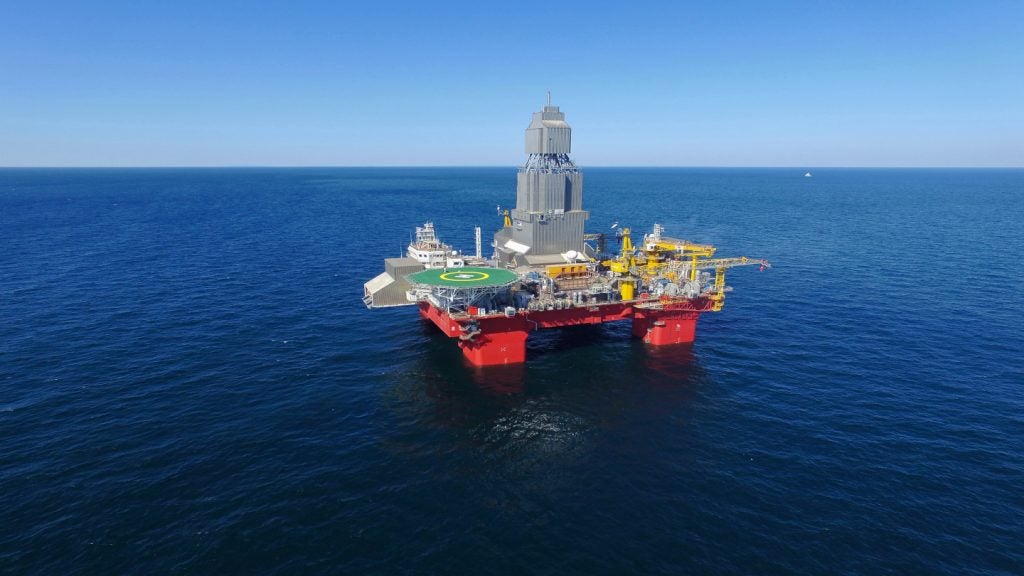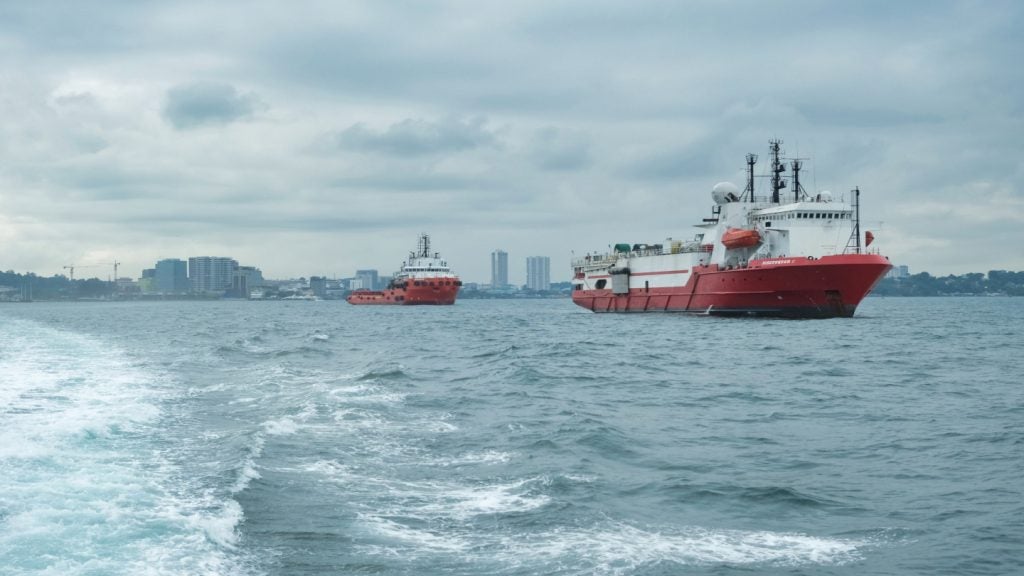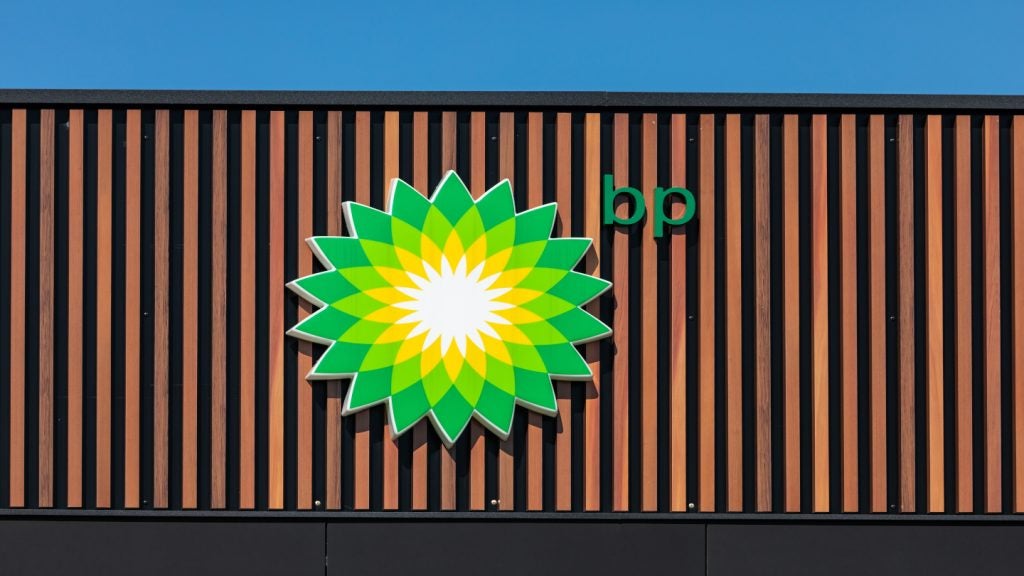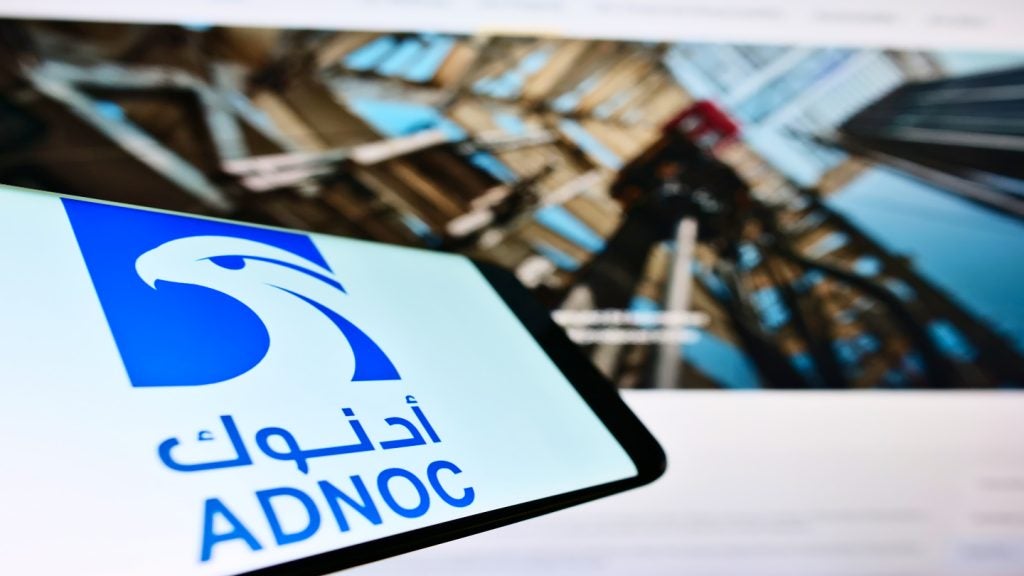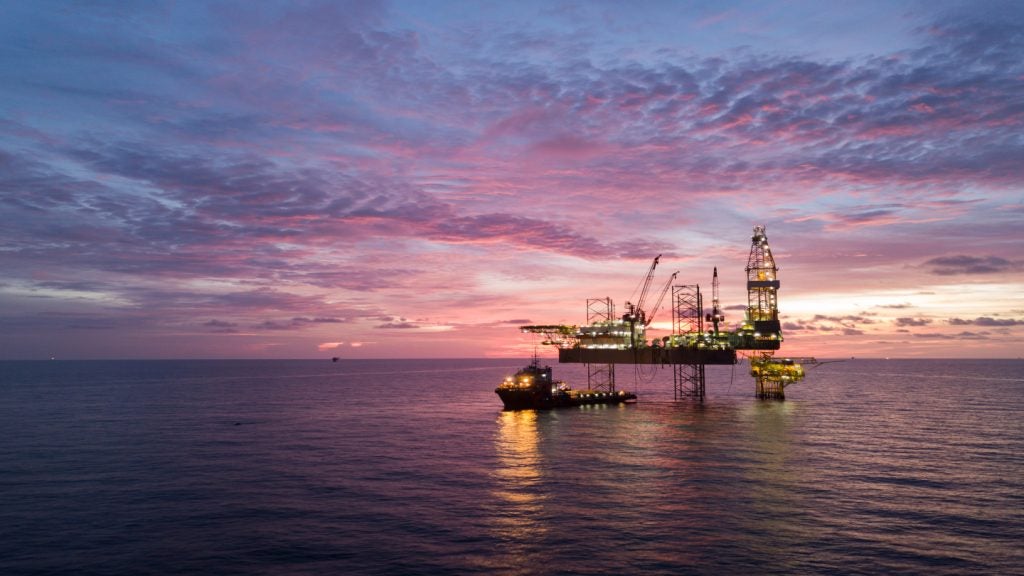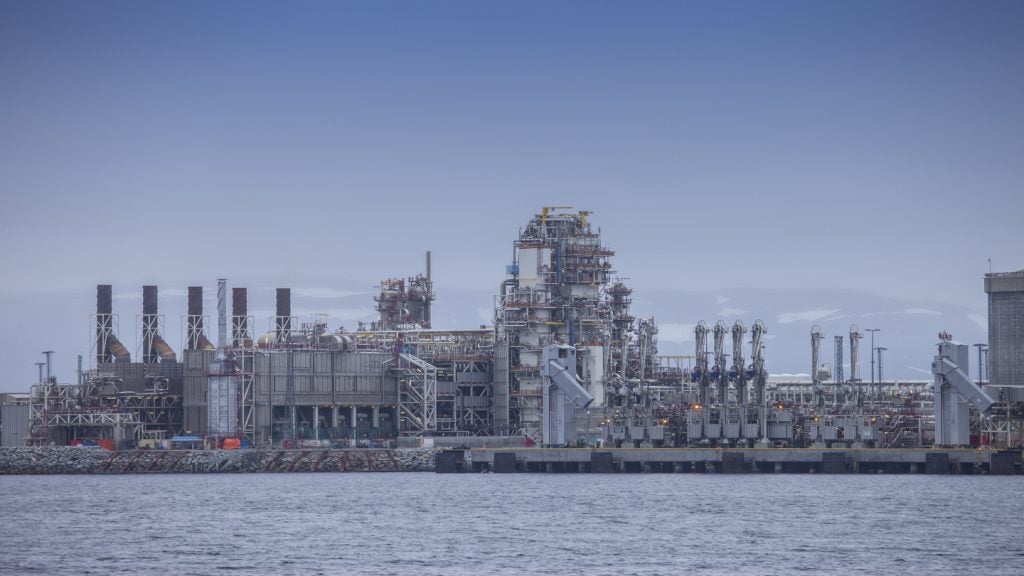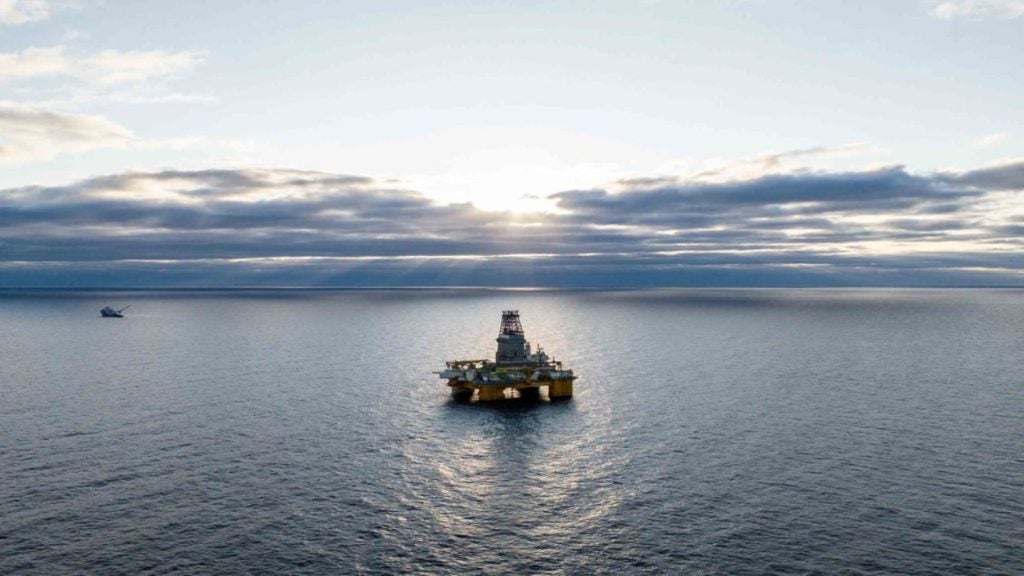Shell Offshore, a subsidiary of Shell, has commenced production at its Whale floating production facility in the deep-water US Gulf of Mexico.
The Whale development is jointly owned by Shell Offshore and Chevron U.S.A. with 60% and 40% stakes, respectively.
Shell Integrated Gas and Upstream director Zoë Yujnovich said: “Whale demonstrates our focus on driving more value with less emissions from our Upstream business as we deliver the energy people need today.
“It will make a significant contribution to our commitment to bring projects online, with a total peak production of more than 500,000 barrels of oil equivalent per day from 2023 through 2025.”
Whale has an estimated peak output of 100,000boepd and 480mboe in recoverable resources. The field, discovered in 2017, utilises a semi-submersible production host in over 8,600ft (2,600m) of water.
The first phase of development includes up to 15 wells, with the facility boasting energy-efficient turbines and compression systems. The wells connect to the host through subsea infrastructure.
The design of Whale closely follows that of Vito, a semi-submersible host facility in the greater Mars Corridor. It is expected to yield lower emissions, reduced costs and higher returns compared with previous models.
Whale's design, which mirrors 99% of the hull and 80% of the topsides of the Vito platform, is set to operate with approximately 30% lower greenhouse gas (GHG) intensity over its lifespan.
Yujnovich added: "This deep-water development enhances our leading Gulf of Mexico portfolio, where our oil production has among the lowest GHG intensity in the world."
The Whale facility is located in the Alaminos Canyon Block 773, adjacent to the Shell-operated Silvertip field and approximately 200 miles (320km) south of Houston.
By leveraging the same engineering and construction techniques, as well as the supply chain used for Vito, Whale achieved first oil within 7.5 years of discovery, despite a one-year delay due to cash preservation strategies during the Covid pandemic.
The Whale facility production for Chevron came after first production from its high-pressure Anchor project in August 2024 and the initiation of water injection operations to enhance output at the Jack/St. Malo and Tahiti facilities.
Chevron Americas Exploration & Production president Bruce Niemeyer said: "Production from Whale brings Chevron another step closer to reaching 300,000 net barrels of oil equivalent per day in the US Gulf of Mexico by 2026.
“As a leading leaseholder in the Gulf, where we produce some of the lowest carbon-intensity oil and natural gas in the world, Chevron is well positioned to continue growing affordable, reliable production in the US while delivering higher returns and cash flow.”


